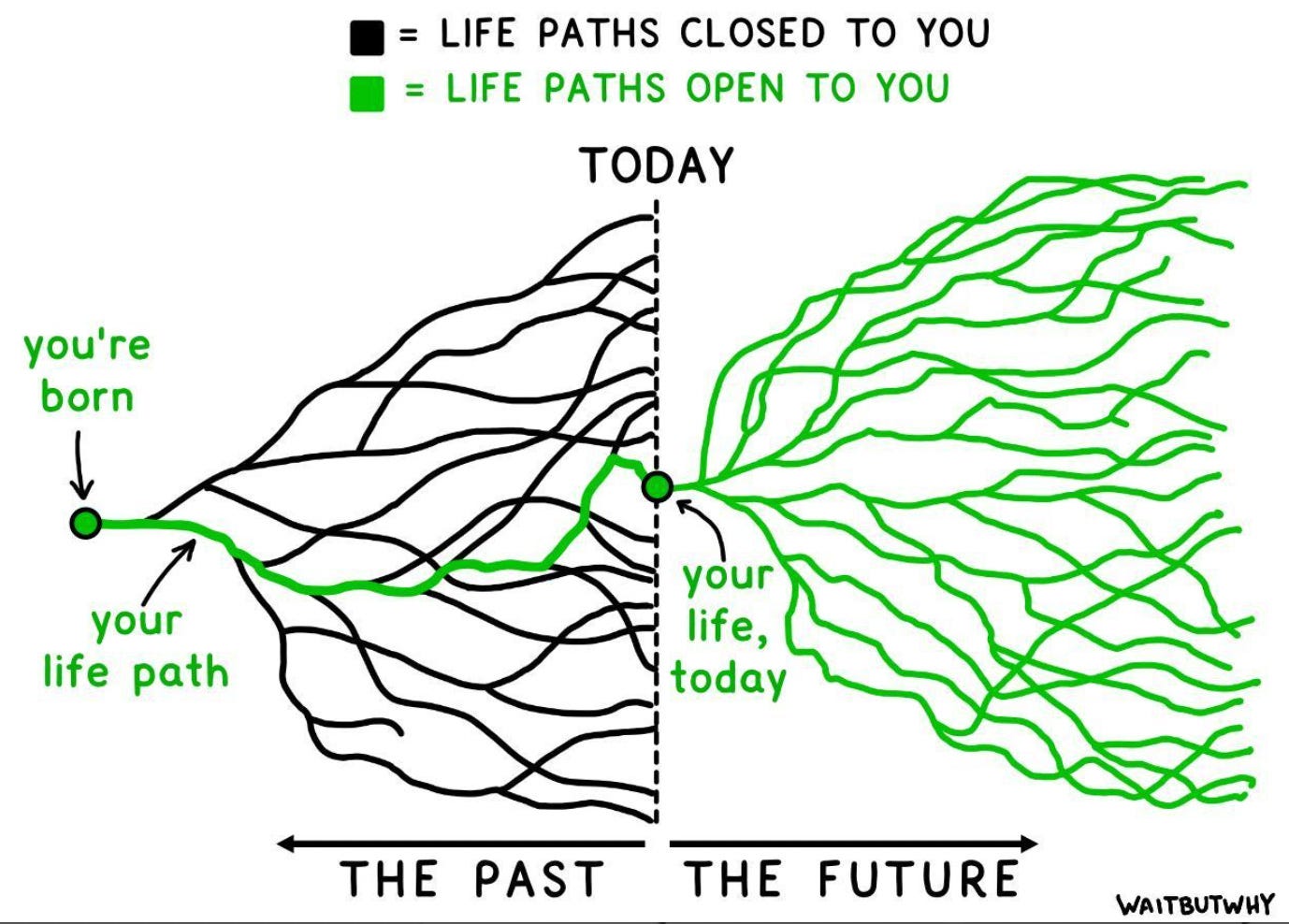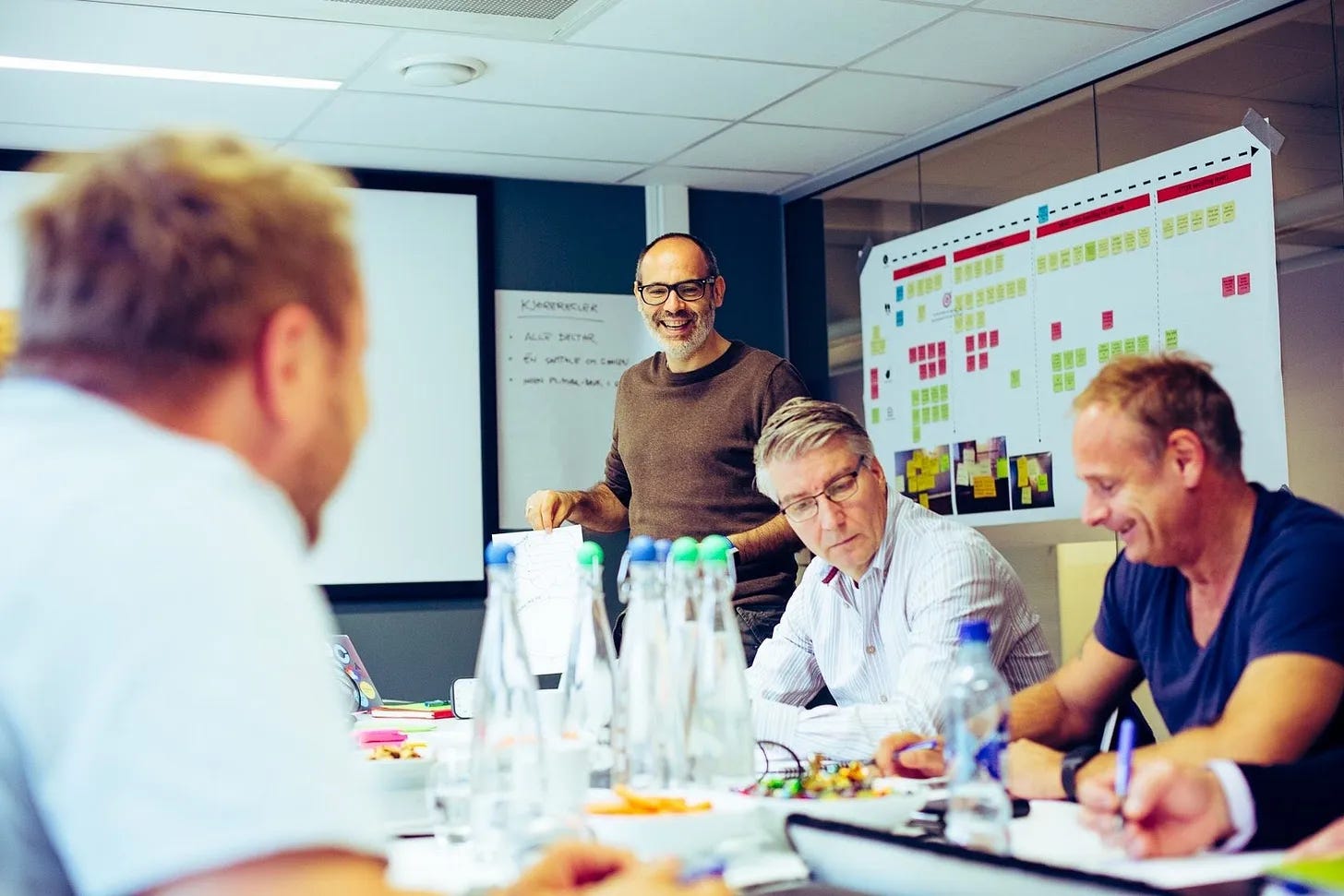Why Wondering Works Better Than Advice
Discover the Wonder Exercise: a powerful practice that turns judgment into curiosity and opens space for growth.

We live in a world where advice is abundant. Everyone seems ready to tell you what you should do, how you should do it, and why you’re not already doing it. But when you’re the one carrying a challenge, a dilemma, or an uncertainty, advice often feels heavy. Sometimes it lands as judgment. Other times it just misses the point.
That’s where the Wonder Exercise comes in a deceptively simple facilitation practice that shifts the conversation away from advice-giving and toward curiosity, imagination, and discovery.
I’ve seen this exercise transform group coaching sessions, peer-learning circles, and even team meetings. It works because it’s grounded in one of the most powerful human capacities: the ability to wonder.
Where the Wonder Exercise comes from
The Wonder Exercise has roots in coaching and therapeutic practices, where curiosity is valued more than answers. Many traditions emphasize that when we stop trying to “fix” someone and instead explore with open questions, real transformation becomes possible.
It’s also related to Appreciative Inquiry and solution-focused coaching, both of which favor exploration over problem-dwelling. By framing thoughts as “I wonder if…”, the exercise taps into the spirit of possibility.
Facilitators and coaches began adapting this approach into group formats—especially triads—because it’s light, accessible, and powerful. The triad structure is widely used in peer coaching: it gives everyone the chance to practice listening, reflecting, and sharing.
The Wonder Exercise is one of the most elegant versions because it removes pressure, protects the Seeker, and keeps the group in a state of collective curiosity.
How the Wonder Exercise works
The Wonder Exercise is done in groups of three, in rotating roles. Each person gets a turn in every role:
1. The Seeker
One person—the Seeker—brings forward a challenge, dilemma, or situation where they want more clarity. It could be professional (“I’m not sure how to handle conflict with my colleague”) or personal (“I feel stuck in my decision-making”).
The Seeker shares the situation for a few minutes, then turns their back to the group. This small but symbolic gesture changes the dynamic: they are no longer in dialogue, they are in listening mode.
2. The Wonderers
The two others now take over. They begin to speak freely, but with one crucial rule: every sentence must start with the phrase “I wonder if…”
“I wonder if this conflict is really about values, not personalities.”
“I wonder if you already know the answer but haven’t allowed yourself to admit it.”
“I wonder if slowing down might help instead of speeding up.”
“I wonder if there’s an assumption here that doesn’t need to be true.”
This structure does three important things:
It removes pressure to be right. Wondering is safe—it’s speculation, not fact.
It keeps the tone open and curious, instead of directive or judgmental.
It creates space for unexpected insights—because when you wonder out loud, you access creativity that advice often shuts down.
3. The Listener
Meanwhile, the Seeker listens silently. They are not allowed to respond, defend, or explain. They simply absorb what’s being said, noticing what resonates, what surprises them, and what provokes a reaction.
After a few minutes, the Wonderers wrap up. The Seeker turns back, thanks them, and shares what insights, feelings, or ideas emerged. The group then rotates roles until everyone has been a Seeker once.
Why the Wonder Exercise is so powerful
At first glance, the Wonder Exercise might look like a simple reframing tool. But in practice, it unlocks something deeper. Here’s why it works so well:
1. It shifts from advice to curiosity
Most conversations about challenges are built around advice. But advice can land as heavy, or even patronizing. By focusing on wondering instead of telling, we create a lighter, more generous space.
2. It bypasses ego and defensiveness
When someone gives you advice, part of you immediately evaluates: Do I agree? Do I disagree? Do they really understand me? But when you listen to wonder, you don’t have to respond. You’re free to notice without defending.
3. It surfaces unexpected insights
“I wonder if…” invites exploration beyond the obvious. It encourages new connections, metaphors, and perspectives that might never have appeared in a direct problem-solving conversation.
4. It builds collective empathy
The Wonderers are not trying to solve the problem. They are co-exploring. That small shift fosters empathy, humility, and generosity in the group dynamic.
When to use the Wonder Exercise
The Wonder Exercise is highly versatile and can be used in many settings:
Team reflection sessions – when a team member feels stuck or uncertain, and the group wants to support without falling into “solution mode.”
Peer coaching circles – as a way of building trust, insight, and shared learning among colleagues.
Workshops – especially in innovation, leadership, or personal development sessions, where the goal is to expand thinking rather than prescribe actions.
Everyday conversations – even with friends or family, when someone needs to feel heard and inspired rather than told what to do.
Tips for facilitators
If you’re leading a group through this exercise, here are a few pointers:
Frame it carefully – Emphasize that the goal is not to solve, but to explore.
Set a time limit – 3–5 minutes of wondering is usually plenty.
Encourage playfulness – Some of the most valuable wonders are wild, surprising, or even humorous.
Protect the silence of the Seeker – Remind them they cannot respond until the exercise ends. This discipline is part of what makes it powerful.
Debrief at the end – Ask the Seeker to share what resonated, and ask the Wonderers how it felt to only “wonder” without advising.
A small exercise with a big impact
The Wonder Exercise is not about quick fixes or ready-made solutions. It’s about giving someone the rare experience of being surrounded by curiosity rather than judgment.
In a world where everyone has answers, wondering is a radical act. It creates a pause, a breath, a space where new clarity can emerge.
And often, that’s exactly what the Seeker needs—not to be told what to do, but to feel the freedom to discover it themselves.
So next time someone brings you a problem, resist the urge to give advice. Instead, try saying: “I wonder if…”
You might be surprised at how much wisdom lives in wonder.
I hope this post, made sense and you found it useful.
If “HELL YEAH!”, please like it and share it in social media so more people can get can also benefit from it :-)
I would also appreciate if you subscribe, and give some comments here if you wonder something and want to give me some feedback. I would love to read your input here!
If you have a Substack yourself and like my content, I would love for you to recommend “Facili-station” to your subscribers.
Have a nice one!!
Looking for a coach?
In service of those who serve others.
Leadership is hard. Whether you're stepping into management, leading an entire organization or wondering about your career, the challenges are real: confusing, overwhelming, and sometimes isolating.
I offer a tailored 1:1 or team coaching quarterly program to help you move forward with clarity and confidence. I’ve walked in your shoes, and I’ll work with you to build the resilience and relational skills needed to lead well, beyond just the work.
If this sounds like what you need, let’s talk. Email me at jose@facilistation.com to book a free discovery call. Because coaching isn’t expensive. Staying stuck is.
You should see the cost of a life and work that you don’t love... sometimes one good conversation can change your life and your career forever.
Looking for a facilitator and workshop designer?
If you need a workshop designer and facilitator to help you or your team to solve challenges, find solutions, make decisions, and to be more effective an perform better and faster, or a trainer to teach your team on how do this, please contact me at jose@facilistation.com
My workshops are designed to provide the structure required to quickly align and move forward with a plan or idea so you can reclaim time, energy and headspace.




